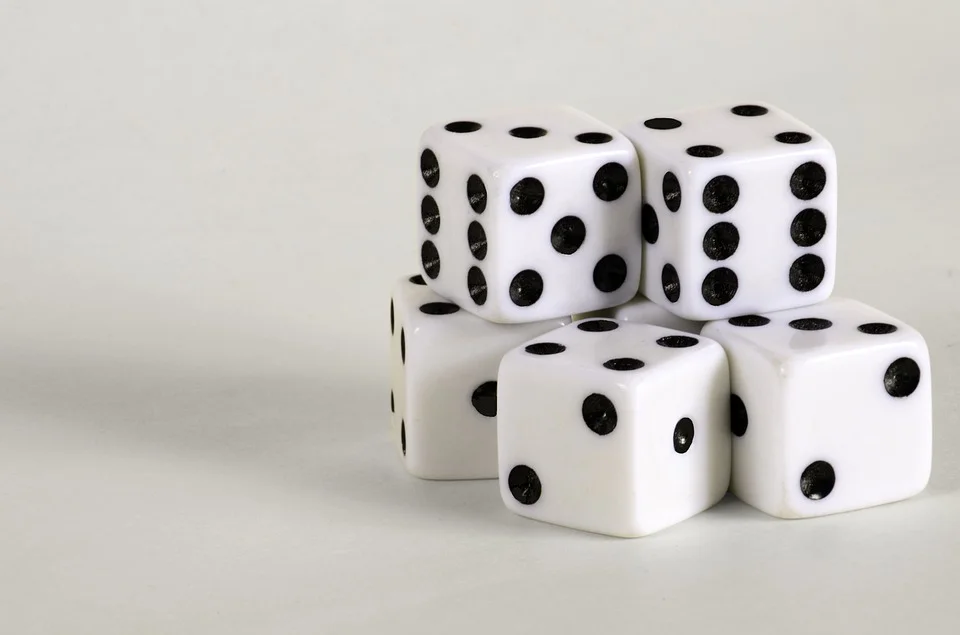Mukherjee admits that this law was discovered by chance and goes on to provide us with the details. During the end of his intern year he was asked to see a patient with unexplained weight loss and fatigue. The patient, Mr. Carlton, was a 56-year-old man who lived in a wealthy neighborhood and dresses like a banker, who experienced sudden and dramatic weight loss and muscle weakness.
Mukherjee suspected cancer and performed several tests on the patient without result. After a month of diagnostic futility, by chance, he saw the patient in the hospital lobby, speaking with another patient, a known drug addict. Suddenly a light bulb appeared and the answer was clear, Mukherjee’s patient was a heroin user. He offered the patient an HIV test, and made the diagnosis, Mr. Carlton had AIDS.
He explained that the case “contains a crucial insight, every diagnostic challenge can be imagined as a probability game. This is how you play the game: you assign a probability that a patient’s symptoms can be explained by some pathological dysfunction— heart failure, say, or rheumatoid arthritis — and then you summon evidence to increase or decrease the probability. Every scrap of evidence — a patient’s medical history, a doctor’s instincts, findings from a physical examination, past experiences, rumors, hunches, behaviors, gossip — raises or lowers the probability. Once the probability tips over a certain point, you order a confirmatory test — and then you read the test in the context of the prior probability.”
Mukherjee states that his encounter with Mr. Carlton in the lobby of the hospital can now be reconceived as a probability game; due to his biases he had assigned him a low chance of HIV infection but the probability shifted dramatically when he witnessed him with the heroin addict. He could now feed the machine much more useful probability in the form of a specific blood test, an HIV test, and the solution became apparent. “A test can only be interpreted sanely in the context of prior probabilities.”
“It seems a rule taken from a Groucho Marx handbook: you need to have a glimpse of an answer before you have a glimpse of an answer,” he writes and then dives into explaining why physicians must employ Bayesian logic in medicine. He suggests that for many tests, "if patients are screened without any prior knowledge (intuition) about their risks, then the false-positive or false-negative rates can confound any attempt at diagnosis."
Mukherjee asks us to imagine medicine as a “machine that modifies probabilities.” You give it an input probability — a patient’s medical history or a test result — and it furnishes an output probability. You give it garbage, it returns garbage. The first law of medicine is to avoid feeding the machine garbage and to accept that “a strong intuition is much more powerful than a weak test.”
Commentary by Scherly Leon, Nephrologist, NY

